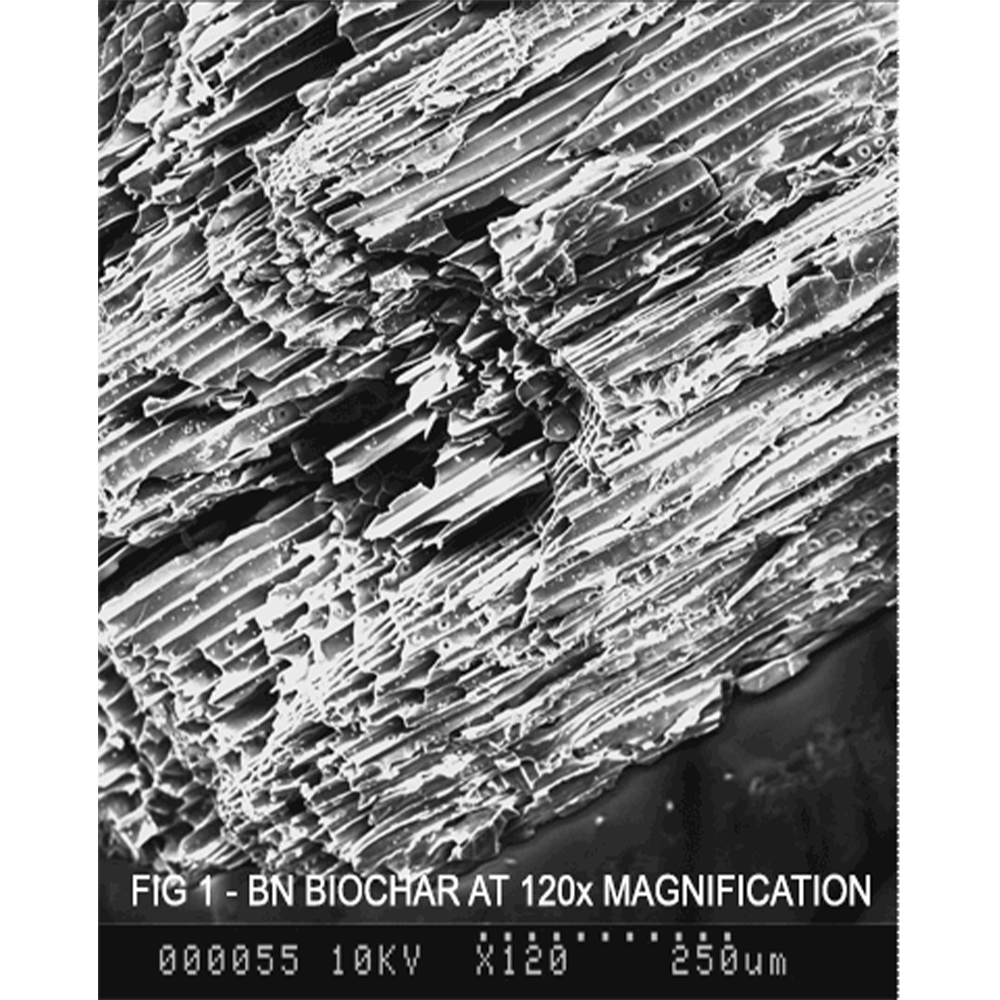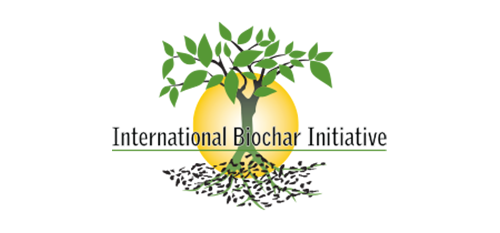BioChar Now uses a unique and proprietary furnace to perform a process of slow and controlled pyrolysis over 8 hours in order to allow slow processing of different sizes of wood, to produce a consistent, high-quality BioChar. Our BioChar is characterized by a number of key parameters.
Our BioChar is a lightweight material, thanks to many pores, and a large surface area, which reaches 500 square meters or more per gram and looks like a sponge full of holes. BioChar is used to adsorb various substances with an emphasis on the adsorption of heavy metals, and dangerous toxins found in various pesticides and their sequestration and eventual breakdown by microorganisms.
The BioChar can be "loaded" or charged with beneficial minerals and microorganisms before applying it to the soil or on the crop beds. It is important to use the right particle size of BioChar to the type of crop application required. "Different sizes, for different crop types". The application of BioChar has many effects on the properties of the soil and it becomes a supervisor for controlled release, and a bank for minerals and other nutrients, excess water, as well as a habitat for many beneficial microorganisms which make plants more disease resistant. Absorption of water and its allocation sparingly according to the root requirement prevents over-watering, waste of water and loss of essential minerals & other nutrients.
Our BioChar essentially becomes a capsule rich in nutrients, which raises the acidity level of the soil to an optimal level and is a major reason why our product is so efficient and significantly improves soil quality, crop growth, crop yields, and quality."















